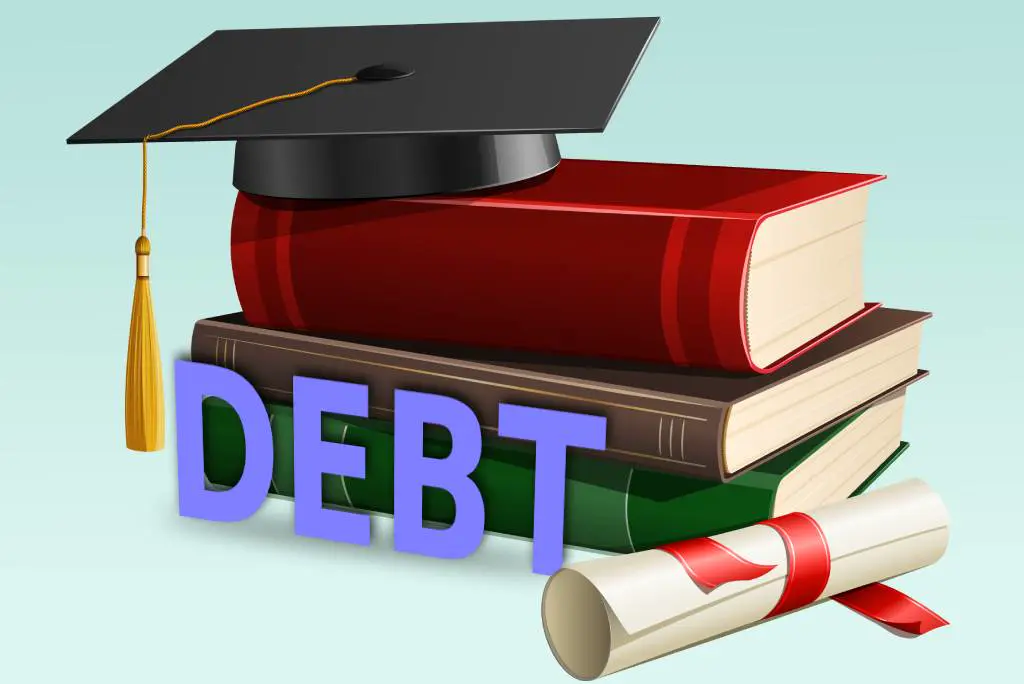The end of the pandemic-era pause to student loan payments and interest approaches. However, the type of loan, subsidized or unsubsidized, may significantly impact your repayment.
Subsidized vs Unsubsidized Student Loans
Direct Subsidized student loans are offered to undergraduates showing financial need. They don’t accrue interest during in-school periods or a six-month grace period after leaving school.
These loans also avoid interest accrual during deferment due to unemployment or economic hardship. In these instances, the US Department of Education covers the interest payments on subsidized loans.
Direct unsubsidized student loans cater to a broader group, including graduate students, without financial need consideration. Interest on unsubsidized loans begins accruing immediately, increasing the overall cost.
Borrowers are responsible for interest during all periods, making it costlier than subsidized loans. Unpaid interest on unsubsidized loans may capitalize after a deferment, leading to higher future interest payments.
The unpaid interest is added to the loan’s principal balance during capitalization. Future interest is then calculated based on the higher principal, further increasing interest payments.
Borrowers may have both subsidized and unsubsidized student loans with different borrowing limits.
Stafford Loans
Federal loans, also known as Stafford Loans, cover higher education costs. As of March 31, about 30.3 million borrowers held subsidized Stafford Loans, averaging $9,800. The Education Department data shows approximately 30.7 million people with unsubsidized loans, averaging $19,000.
The term “Stafford Loan” includes Direct Subsidized and Unsubsidized student loans from the Direct Loan Program. It also encompasses subsidized or unsubsidized Federal Stafford Loans from the Federal Family Education Loan (FFEL) program.
Borrowers utilize these loans to finance their higher education expenses.
The payment pause and interest waiver lasted over three years since 2020’s pandemic onset. Unsubsidized loans temporarily resembled subsidized debt without accruing interest.
Interest will resume accruing on student borrowers’ debt from September 1. Monthly payments will restart in October.
The interest waiver costs the federal government approximately $5 billion per month. The waiver aimed to alleviate financial burdens during the pandemic.
Financially strapped borrowers may consider deferment or forbearance as payments resume. Pursuing these options can lead to a deeper debt hole due to accruing interest.
Mark Kantrowitz, a higher education expert, warns against these choices. Interest usually accumulates during deferral or forbearance, increasing overall debt.
An income-driven repayment plan with capped monthly payments is advisable for most borrowers.
Deferment or forbearance should be avoided unless facing short-term financial difficulty.
Mark Kantrowitz recommends using these options only when incapable of loan repayment. Pursuing income-driven plans helps manage debt responsibly, considering borrowers’ financial capacity.
Biden Administration Stands For Students
The Biden administration will forgive $39 billion of student debt for 804,000 borrowers. Experts believe this forgiveness plan is likely to survive any legal challenges.
It differs from the broader debt-cancellation plan struck down by the Supreme Court. The previous plan sought to erase up to $20,000 of student debt for millions of borrowers.
Friday’s announcement targets borrowers in income-driven repayment plans (IDR). IDR plans aim to make loan payments more affordable for lower-earning individuals.
Monthly payments are capped at 10% or 20% of a household’s discretionary income. The U.S. Department of Education is working to enact a new plan with a 5% cap. The broader debt-cancellation plan was estimated to cost $400 billion.
The current action focuses on borrowers with federal loans and income-driven repayment. The plan aims to alleviate financial burdens for a significant number of borrowers. Borrowers are hopeful that this targeted approach will not face legal challenges.

